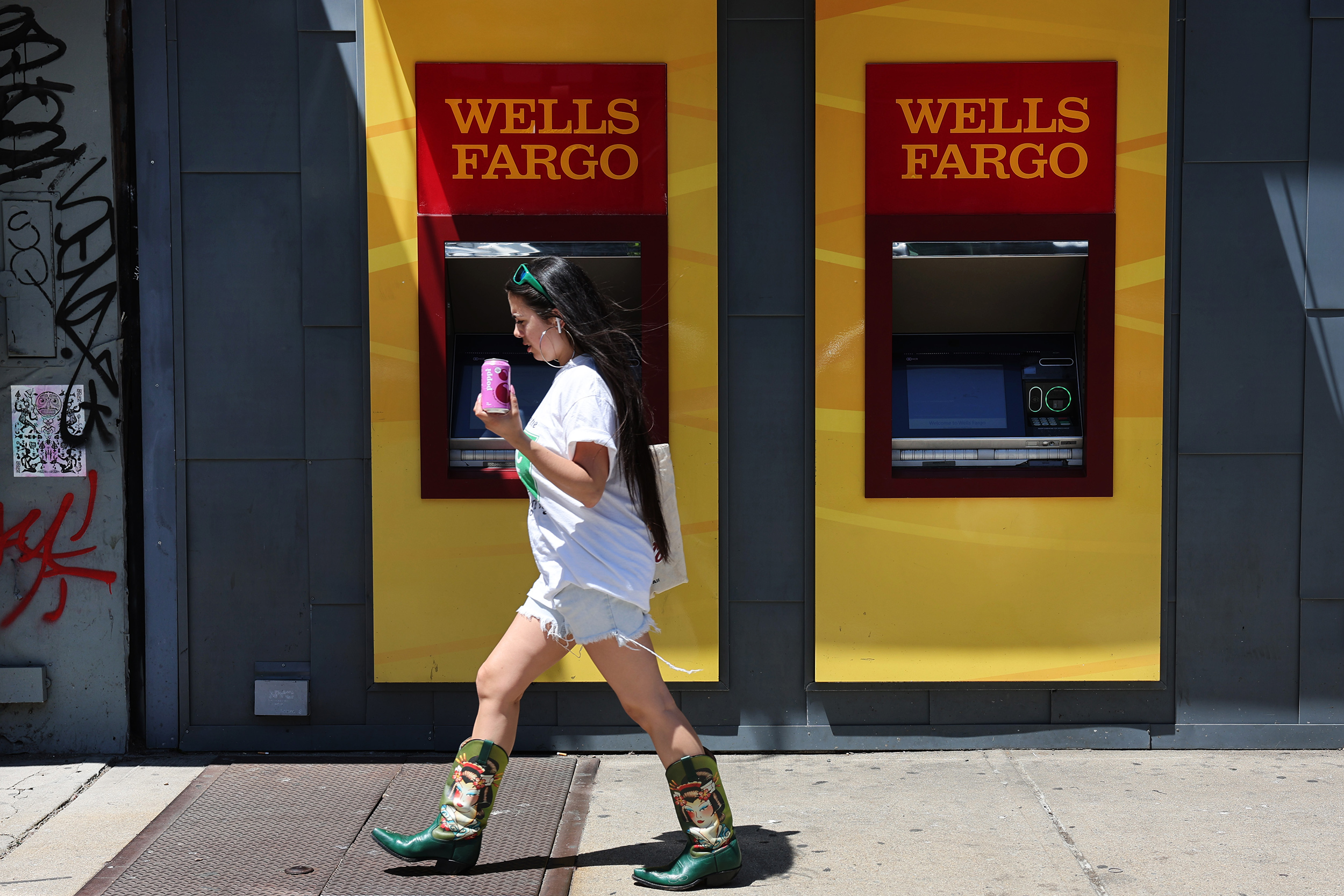As a longtime forensic accountant who helps consumer lawyers investigate big financial institutions, Jay Patterson has made a point to do business with a smallish local bank in his hometown of Little Rock, Arkansas. So he was startled in June 2022 when he received a bank statement from Wells Fargo showing $12 in an “Everyday Checking” account in his name, an account he didn’t know about and had never opened.
Patterson immediately called Wells Fargo, a bank he has often scrutinized in his work, and it closed the account. But he continued to investigate, he said, learning troubling things that even he, a finance expert, hadn’t known regarding how banks collect and disperse consumers’ financial data.
Other consumers, in public complaints to regulators, have detailed similarly mysterious Wells Fargo bank accounts, raising fresh questions, experts say, about compliance and risk management at a bank that has been rocked by scandals in recent years. In 2016, Wells Fargo was found to have opened millions of unauthorized accounts for existing customers to meet sales goals. Those woes caused the ouster of John Stumpf, the chief executive of the bank at the time.
Additional improprieties and systems failures have emerged at Wells Fargo, the nation’s fourth largest bank, requiring it to pay billions in fines and penalties to regulators. The bank settled allegations that it illegally repossessed military members’ cars, and it was found to have charged car owners for insurance they didn’t need and paused borrowers’ home loan payments without their approval during Covid.
Last December, Wells Fargo agreed to pay $3.7 billion to settle Consumer Financial Protection Bureau allegations of consumer abuses involving 16 million accounts. Amid the scandals, the Federal Reserve Board, the nation’s top financial regulator, took the extraordinary step of capping Wells Fargo’s asset size. That cap remains in place.
Patterson’s case differs from the previous unauthorized accounts mess at Wells Fargo in one important way: those involved existing customers who had shared their personal information with the bank. Patterson has never been a Wells Fargo customer and says he has never given the bank access to his personal data.
Instead, Patterson’s Wells Fargo account appears to be a case of synthetic identity fraud — when impostors create new identities using a combination of real and fake personal information, such as names, Social Security numbers, birth dates and drivers’ license numbers. They use these new identities to launder money, finance terrorism or defraud financial institutions, government agencies or individuals, according to a report by the Government Accountability Office.
Banking regulations require financial institutions to verify customers’ identities before they open accounts to prevent fraud and money laundering. But as often happens in synthetic identity fraud, only some of the personal information used to open Patterson’s unauthorized Wells Fargo account was correct — his name, address and Social Security number. Other information — date of birth, email address and driver’s license details — were wrong. Thousands of dollars flowed through the account before it was shut. Patterson suffered no direct financial loss.
This erroneous information should have raised red flags at Wells Fargo before the account was created, experts say.



Do they? Many banks have a 2% cash back card and a bunch have the “rotating 5%” thing. I doubt they’re that much better